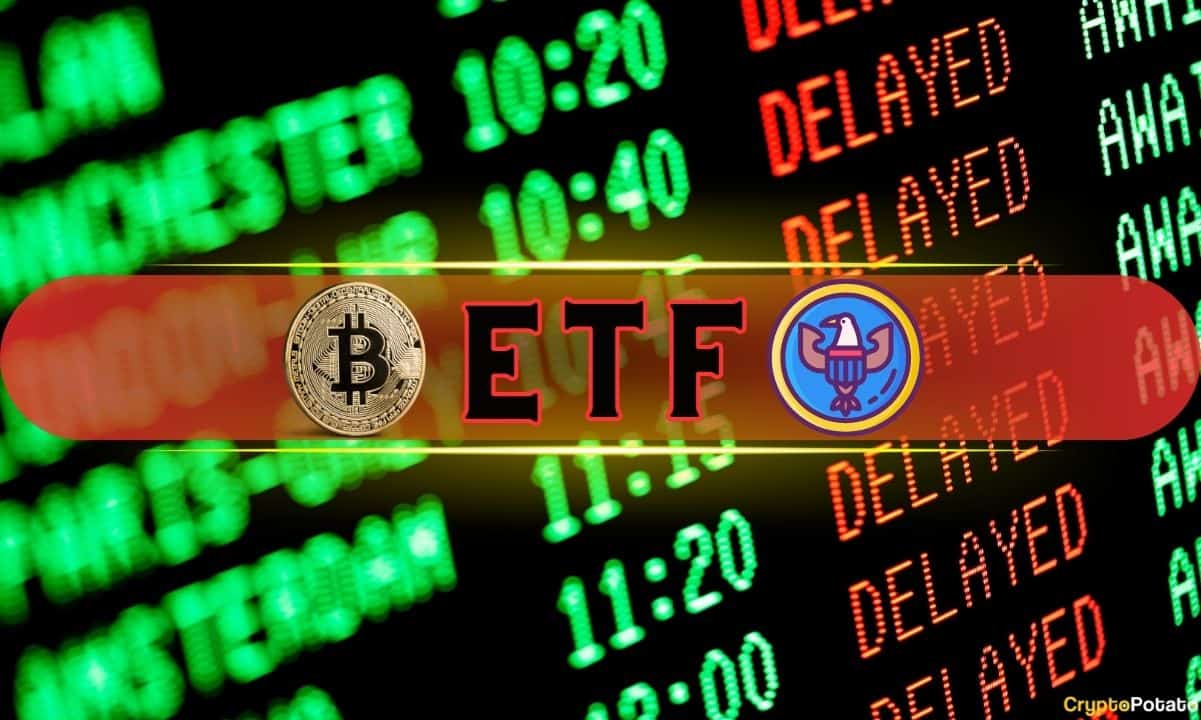Zero Gravity Labs has raised red flags following the creation of a new Digital Asset Treasury (DAT) company intending to buy OG tokens. The NASDAQ-listed Flora Growth Corp. announced it would build a DAT based on OG tokens, the native assets of the brand-new Zero Gravity Chain.
Altcoin treasury companies are still few, with most buyers focusing on ETH and Solana. In the past two weeks, NASDAQ-listed Flora Growth Corp. (FLGC) announced plans to raise $401M and buy an obscure asset, the new OG token. OG launched a few days ago, following an airdrop, and has already slid from a peak of $6 to $2.41.
OG tokens launched just a few days ago, and have already shifted to a lower valuation. | Source: CoingeckoOG tokens belonged to the recently launched Zero Gravity Blockchain. This was the first red flag for the new DAT company – while Flora Growth Corp. filed its plans on September 19 in an 8-K form, the actual chain launched two days later, on September 21.
Flora Growth Corp. then announced plans to rename itself to ZeroStack and start stacking OG tokens as its main reserve. The second red flag was that OG tokens were barely traded, and the company built its entire DAT strategy on non-existent valuations.
Did ZeroStack really raise $401M for the Zero Gravity Labs OG token?
The main red flag for Flora Growth Corp. (a.k.a. ZeroStack) was the reality of the $401M raise. The amount of funding is much larger, even compared to DAT for well-established coins and tokens. With slowing demand, did the market really offer up $401M for the newly launched OG tokens?
A brief analysis showed ZeroStack did not really attract fresh liquidity.
A breakdown of the fundraising structure paints a different picture. The newly announced DAT company attracted just $13.5M in fresh capital from its partners, including Dao5, Abstract ventures, Dispersion Capital, Blockchain Builders Fund, and Salt.
DeFi Def Corp., one of the leading Solana treasury companies, further donated $22.88M in SOL tokens through its own private placement with an 8% coupon.
Zero Gravity Labs Inc., the for-profit development firm behind the Zero Gravity blockchain, added $150M to the investment – but it was paid in-kind. Zero Gravity Labs, in fact, conjured OG tokens out of thin air and offered them as part of the raise.
The DAT also raised another $215.3M on paper, for 8,546,955 pre-funded warrants at $25.19 each. The warrants would be payable in OG tokens, at $3 per token. Once again, the Zero Gravity blockchain founder is prepared to grant OG tokens. The ability to just mint the tokens and give them a valuation based on the warrant price is raising even more red flags that the project did not meet real OG buying, but in fact attempted to tap market liquidity for its tokens.
Altcoin treasuries seek to tap stock market liquidity for sluggish tokens
As Cryptopolitan previously reported, altcoin treasuries gained speed, often choosing PIPE funding or reverse mergers with NASDAQ-listed companies. It is possible that some of the backers of those companies attempted to monetize already existing token reserves from treasuries or other holdings that cannot be sold on any market.
Using the tokens as a reserve, however, meant the holders could still access liquidity by selling shares. This would tank the share price, but the initial enthusiasm for DAT companies would allow investors to sell quickly. While the tokens remained locked, the token owners were not obliged to hold the shares.
ZeroStack, however, is the first company to use a brand-new token as a treasury, seeking ways to monetize the team’s own treasury.
For retail investors, it is difficult or impossible to study some of the non-transparent structures of DAT companies. ZeroStack has opened a dangerous precedent, where new token launches aim to tap retail liquidity through the stock market. Since crypto investors are more skeptical, using a DAT may give access to a fresh pool of buyers who are not aware of the inherent risk and the opaque sales strategy.
Don’t just read crypto news. Understand it. Subscribe to our newsletter. It’s free.
Source: https://www.cryptopolitan.com/zero-gravity-labs-treasury-company-raises-red-flags-for-its-401m-raise/


